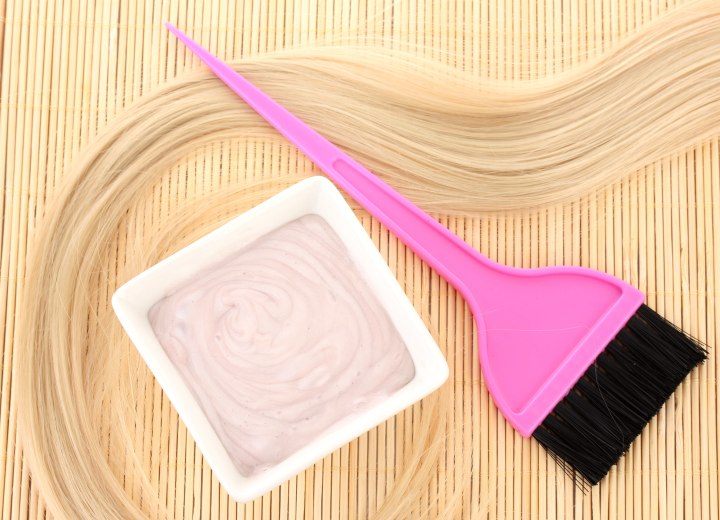Bleaching Hair After a Relaxer

A: While timing does matter when it comes to chemical services, the most important factor isn't necessarily how long you've waited since the relaxer - it's the current condition of your client's hair. Every person's hair responds differently to chemical treatments, and what might be safe for one client could be damaging for another.
The three-and-a-half-week timeframe you mentioned is actually better than the minimum two-week recommendation, but you still need to assess the hair's integrity before proceeding. Look for signs of damage like excessive dryness, breakage, or elasticity issues. Healthy hair should feel smooth and strong, not brittle or overly stretchy when wet.
Here's where the strand test becomes absolutely crucial, and I can't stress this enough. Never skip this step, even if you think the hair looks healthy. Take a small section of hair from an inconspicuous area, like behind the ear or at the nape of the neck, and apply your bleaching mixture to it first. Watch how the hair responds during processing and examine the results carefully. You're looking for even color development without excessive breakage, mushiness, or a gummy texture.
If the strand test goes well, you can proceed with the full bleaching service, but stay vigilant throughout the entire process. Relaxed hair can sometimes reach a breaking point suddenly, so check the hair frequently and be ready to rinse immediately if you notice any signs of over-processing or damage. It's always better to achieve your desired lightness gradually over multiple sessions rather than risk severe damage in one appointment.
Remember, your reputation as a stylist depends on the health of your clients' hair, not just how light you can get it. When in doubt, it's always better to err on the side of caution and suggest alternative approaches, like using a gentler lightening method or waiting a bit longer before proceeding with the bleach.
©Hairfinder.com
See also:
The bleaching process
Hair straightening and relaxers Q&A